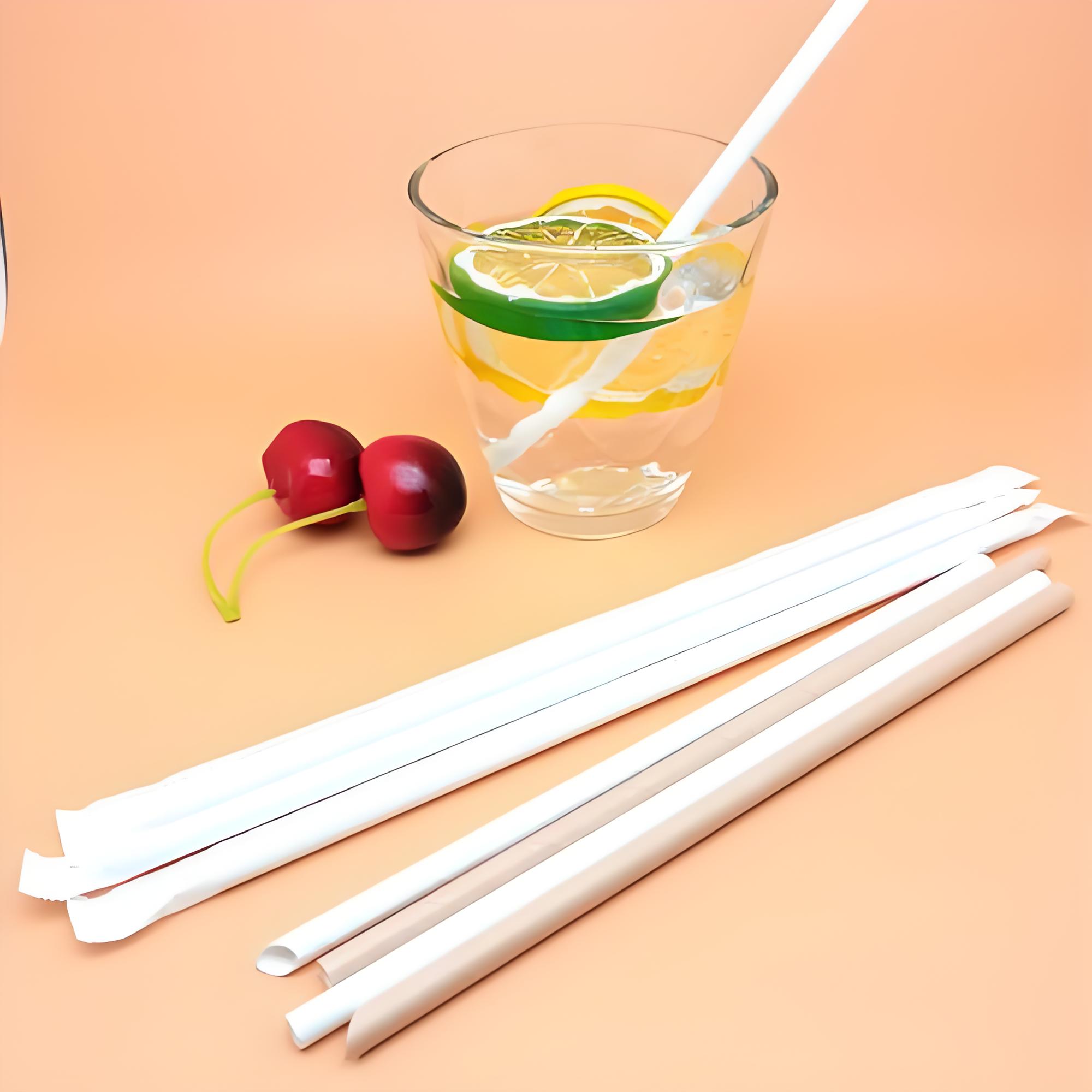- Home
-
How long does it take for biodegradable cutlery to decompose?
Views: 0 Author: Site Editor Publish Time: 2025-01-16 Origin: Site
Introduction
Biodegradable cutlery has emerged as a sustainable alternative to conventional plastic utensils, addressing the escalating concern over environmental pollution and waste management. As global awareness about sustainable practices grows, understanding the decomposition timeline of biodegradable cutlery becomes essential for both consumers and industry stakeholders. This article delves into the factors influencing the decomposition of biodegradable cutlery, the materials used, and the environmental impact of their degradation process.
Materials Used in Biodegradable Cutlery
The composition of biodegradable cutlery significantly affects its decomposition rate. Common materials include polylactic acid (PLA), a polymer derived from fermented plant starch like corn; polyhydroxyalkanoates (PHA), produced by bacterial fermentation; and natural fibers from bamboo, coconut shells, and sugarcane bagasse. These materials are chosen for their ability to break down under natural conditions, reducing long-term environmental impact.
Factors Influencing Decomposition Time
The time it takes for biodegradable cutlery to decompose depends on several factors:
Environmental Conditions
Temperature, moisture, and microbial activity play crucial roles. Warmer temperatures and higher humidity accelerate decomposition, as they enhance microbial metabolism. Industrial composting facilities provide optimal conditions, leading to faster degradation compared to natural environments.
Material Composition
Different materials have varying breakdown rates. For instance, PLA cutlery may take longer to decompose compared to cutlery made from natural fibers like bamboo or coconut shell, which are more readily consumed by microbes.
Thickness and Density
Thicker utensils have more mass for microbes to break down, potentially prolonging decomposition time. The denser the material, the slower the degradation process, as microbes have more material to process.
Average Decomposition Timeline
Under optimal conditions, biodegradable cutlery can decompose within 90 days in industrial composting facilities. However, in a natural environment, the process may take several months to a few years. For example, cutlery made from coconut fiber may decompose in about 12 weeks when composted properly.
Environmental Impact
The use of biodegradable cutlery reduces reliance on fossil fuels and decreases the volume of waste in landfills. As these products decompose, they return nutrients to the soil, promoting a healthier ecosystem. Choosing Biodegradable Cutlery contributes to sustainable practices and environmental conservation.
Composting Biodegradable Cutlery
Proper disposal is essential to ensure that biodegradable cutlery decomposes efficiently. Industrial composting facilities provide controlled environments that optimize the degradation process. Home composting may be less effective due to lower temperatures and varying conditions but is still a viable option for certain materials, especially those made from natural fibers.
Challenges and Considerations
Despite the benefits, there are challenges in the widespread adoption of biodegradable cutlery:
Composting Infrastructure
Limited access to industrial composting facilities can hinder the effective decomposition of biodegradable cutlery. Without proper composting, these products may not break down as intended.
Consumer Awareness
Educating consumers on proper disposal methods is crucial. Misconceptions about the decomposition process can lead to improper disposal, reducing the environmental benefits.
Certification Standards
Not all biodegradable products meet the same standards. Certifications ensure that products like biodegradable cutlery meet specific decomposition criteria, guiding consumers in making informed choices.
The Role of Manufacturers
Producers play a pivotal role in advancing biodegradable technology. Companies like Haolyland are innovating in this space, offering a range of sustainable products. By focusing on materials like coconut shell and fiber, manufacturers contribute to waste utilization and promote eco-friendly alternatives.
Case Studies and Research
Recent studies have demonstrated successful decomposition of biodegradable cutlery under various conditions. For instance, plates made from coconut fibers have shown significant degradation within 12 days under optimal soil conditions, highlighting the potential for rapid composting.
Practical Tips for Consumers
Consumers can enhance the environmental benefits of biodegradable cutlery by:
- Disposing of cutlery in designated compost bins.
- Supporting businesses that use certified biodegradable products.
- Staying informed about local composting facilities and guidelines.
Future Perspectives
Advancements in biodegradable material technology continue to evolve. Research is focused on improving decomposition rates and developing materials that can break down under a wider range of environmental conditions. The collaboration between scientists, manufacturers, and policymakers is essential to drive innovation and address environmental challenges.
Conclusion
The time it takes for biodegradable cutlery to decompose varies based on material composition and environmental conditions. Understanding these factors empowers consumers and businesses to make sustainable choices. By opting for Biodegradable Cutlery, we contribute to reducing environmental pollution and promoting a healthier planet. Continued efforts in education, infrastructure development, and technological innovation are vital to maximize the benefits of biodegradable products.
Random Products
Got questions? Send email!
Address: No 328, Building 1, No 59 tianyuan west road, Jiangning District, NanjingTel: +86-17366262165WhatsApp: +86-17366262165Copryright © 2024 Nanjing Haolyland Packaging Material Technology Co.,Ltd. All Rights Reserved I Sitemap I Privacy Policy































